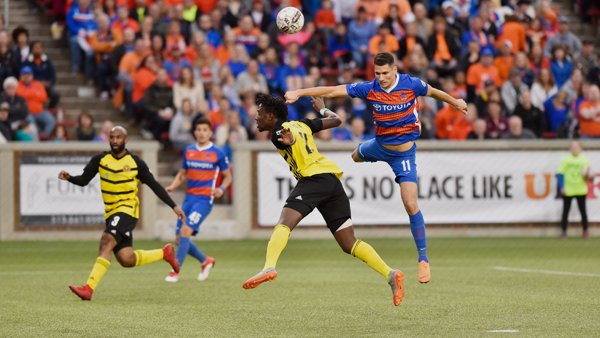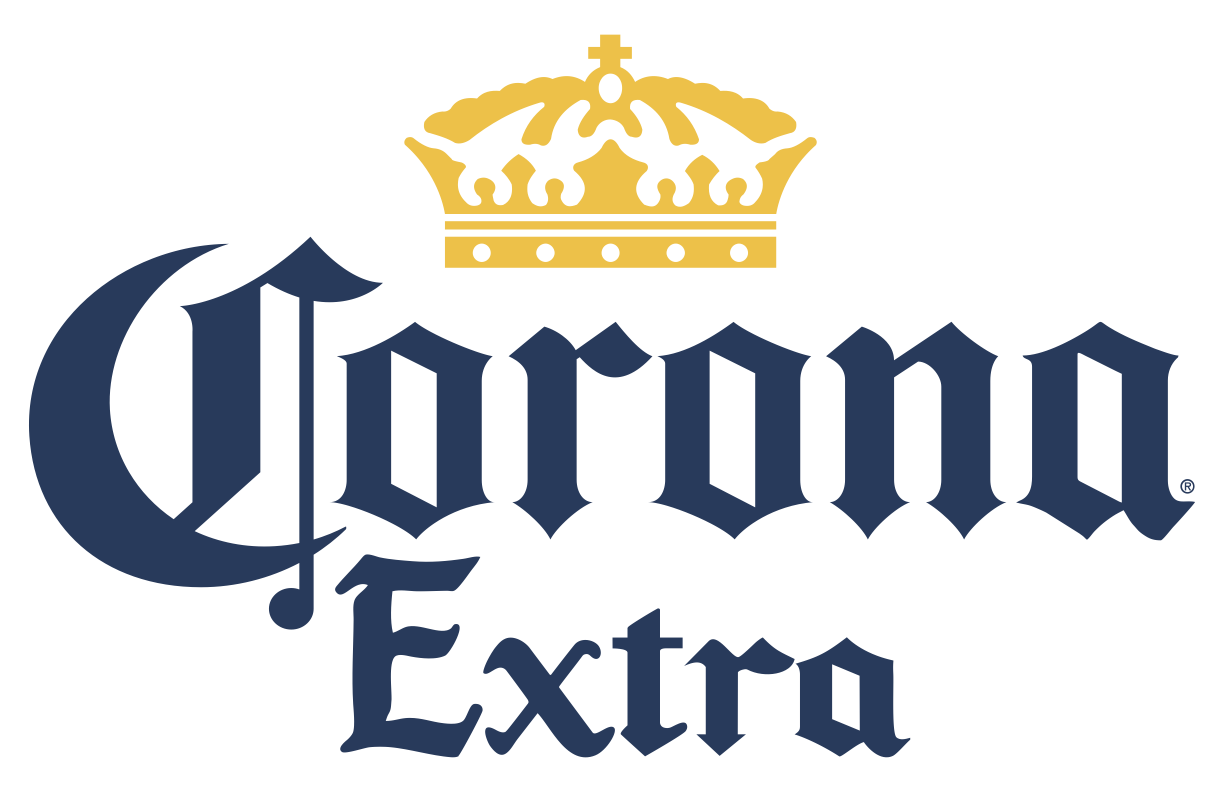
It was stressed all week in training.
Leading into its April 14 home match against Ottawa Fury FC, Riverhounds SC focused on possession. As Ottawa prefers to hold the ball, Pittsburgh wanted to combat this as much as possible.
“The mindset was keep the ball because we know Ottawa is a possession oriented team,” defender Tobi Adewole said after the match. “They like keeping the ball, so we wanted to be on the ball more than them.”
Two weeks after its 1-0 win against Fury FC, Pittsburgh (2-0-3) now returns to Highmark Stadium for the first time since this victory to battle Atlanta United 2 (1-1-3) at 7 p.m. on Saturday. Heading into this first-ever meeting between the two clubs, possession will again be a focal point for the Black and Gold.
“We have to be strong in the midfield,” midfielder Kenardo Forbes said. “That’s where our strength is. We are strong on the wing also. Overall, we have to have possession on the ball to get ourselves and our wingbacks higher up if we can.”
Although possession remains a common goal for teams throughout the USL, it has not directly led to points in the standings in 2018. Through regression analysis, it is discovered after 43 games involving Eastern Conference teams that possession time and points earned in a single match are actually negatively correlated. In other words, the more a team possesses the ball in a single game, the less points it is earning at the final whistle on average.
In Atlanta United 2’s previous game against the Charleston Battery on Tuesday, the newcomer fell victim to this notion. Atlanta dominated possession time, holding the ball for 75.5 percent of the match. Despite controlling the ball for more than three-fourths of the game, the club lost to the Battery, 3-0.
The lack of relationship between possession time and match results can possibly be explained by teams’ tendencies to “pack it in” on defense after obtaining a lead. As clubs may want to ensure a victory, they could become less aggressive as the match progresses. The aforementioned Charleston versus Atlanta game portrays this to an extent, as the Battery’s possession share decreased by almost 4 percent in the second half after holding a 1-0 lead at halftime.
Another reason for the irrelevance between the two items could be teams that successfully implement a powerful counterattack approach, which could lead to lower possession shares. When the Hounds utilized a counterattack in 2017, they finished tied for 12th in the Eastern Conference (15 teams) in average possession time (rounded to the nearest whole number) at the end of the campaign.
Even though possession time and points earned in a single match during the 2018 season currently holds a negative correlation, it should be noted the two measures hold a positive correlation cumulatively in 2018. So over the course of the full season to this point, teams with a greater possession time have earned more points in the standings on average, which signals a more likely positive correlation in the long run rather than a single-match period.
In addition, both of the aforementioned correlations are not strongly related overall, meaning that possession and points are not closely linked.
Even though possession does not have a strong relationship with points in the standings, Riverhounds SC will want to dictate the game against Atlanta, especially at Highmark Stadium where it has averaged a 58 percent possession share compared to a 43 percent share on the road. Playing its style of soccer will take precedent first and foremost – no matter what numbers are showing up in the box score.
“If we let them play the game on their terms, they’re going to be dangerous,” head coach Bob Lilley said. “If we play on our terms, hopefully our experience will show through over the course of 90 minutes.”






















































































































































































































































































































































